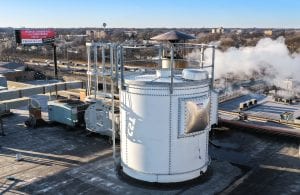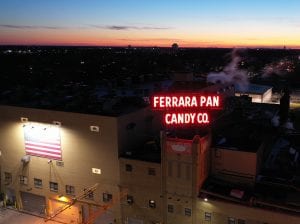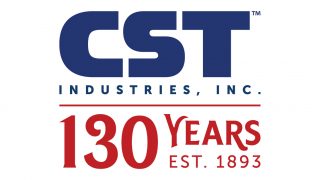 Nothing satisfies like candy. For such a simple pleasure, much goes into its production that people do not realize and even everyday ingredients like sugar must meet strict requirements for handling and safety.
Nothing satisfies like candy. For such a simple pleasure, much goes into its production that people do not realize and even everyday ingredients like sugar must meet strict requirements for handling and safety.
Sugar dust can explode when it comes in contact with extreme heat or an electrical spark. A spark from overheated equipment, for example, can ignite dust that has accumulated in unventilated areas.
The National Fire Protection Association (NFPA) has issued standards that govern the design and construction of systems to prevent and mitigate dust explosions. NFPA compliance is an important issue for agriculture, food products and any other industry that creates dust in the course of operation. Specifically, NFPA 652 provides “the basic principles of and requirements for identifying and managing the fire and explosion hazards of combustible dusts and particulate solids.”
CST recently teamed up with Ferrara Candy Company to develop a winning solution to mitigate the potential hazards of sugar dust. But first, a little bit about the company.
Ferrara identifies itself as “an undisputed leader in sweet snacking” and built its reputation by “sharing delight in every bite.” Some of Ferrara’s brands include SweeTARTS®, Laffy Taffy®, NERDS®, Famous Amos®, Keebler®, Lemonhead®, Trolli®, and Black Forest®. When you have been making Chuckles® since the silent movie era and 38 million NERDS® ropes a year, you need to have plenty of sugar on hand. In fact, the focal point of Ferrara’s factory in Forest Park, Illinois is a 54-foot-tall sugar silo manufactured by CST, the world’s largest provider of modular, factory coated bolted steel storage tanks for dry bulk and liquid applications in municipal, industrial and agricultural markets.
When you have been making Chuckles® since the silent movie era and 38 million NERDS® ropes a year, you need to have plenty of sugar on hand. In fact, the focal point of Ferrara’s factory in Forest Park, Illinois is a 54-foot-tall sugar silo manufactured by CST, the world’s largest provider of modular, factory coated bolted steel storage tanks for dry bulk and liquid applications in municipal, industrial and agricultural markets.
Think of it as a giant sugar bowl that holds up to 600,000 pounds. All that sugar in one place means that without proper safety measures the potential for an explosion and loss of revenue is real.
“With an indoor silo there’s a greater potential for loss of production if you have a positive pressure event,” says Craig Caswell, Senior Project/Regulatory Engineer, Ferrara Candy.
When Caswell was looking for a way to mitigate the risk of dust explosions, he turned to the people who knew more about the silo than anyone: CST. The challenge was to direct an explosion away from people and the facility itself. One option was to build squelch panels on the silo that would absorb any explosion and flames. However, this option was cost prohibitive so the team at CST found a way to extend the silo above the roof of the building.
A hole measuring over 9 feet in diameter was cut in the roof and additional panels were attached to the silo, extending it beyond the confines of the plant. Next, ventilation panels were attached to the new sections above the building, so that an explosion and fire would vent outside instead of indoors. While the original silo inside the plant measures over 18 feet in diameter, the extension is 9’ 4” in diameter and rises 12 feet above the roofline.
“The extension of the silo was really an ‘out of the box’ design idea,” says CST Construction Project Manager Ed Zurliene. “Here we had to consider employee safety and mandatory compliance issues – which are always a challenge – then on top of that there is the cost consideration.”
Another important issue is business interruption. Without the safety mechanisms designed and installed by CST, a positive pressure event could, at a minimum cause damage to the tank itself and force the plant offline for an extended period of time and result in a significant loss of revenue.
“Now that the silo is vented, in the case of an event we would simply replace the damaged panels and vents and be back up and running in a couple of days,” says Caswell. “In addition to Forest Park, we’re working with CST and one of their supplier-vendors to help us with similar needs at other facilities.”
Caswell says working with CST was a pleasure. He says the installation team did an incredible job and worked quickly and efficiently. He also says he appreciates the numerous times Zurliene visited the plant throughout the duration of the project, serving as an important interface between CST design engineers and the client.
“Great customer communication is one of the most important parts of the process that leads to ultimate project success,” says Zurliene. “CST works closely with many long-term clients like our valued client Ferrara, providing critical turnkey services for NFPA 652 compliance including testing, design and construction services.”
After all, the candy-loving public will not wait.

